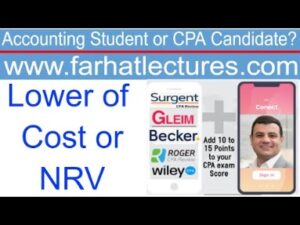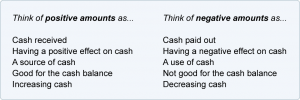
In addition, the absence of student learning objectives makes ithard to focus on the salient parts of a chapter. Lastly, the textbook does notprovide practice exercises as customary of financial accounting textbooks. The text reading follows typical financial accounting flow. Beginning with the foundational introduction to what accounting is through the full accounting cycle, while including financial statement analysis towards the end of the book. Students will find the format helpful; the voice is student-friendly.
Introduction to Financial Accounting
The template provides a running total each time you enter a new invoice and calculates the total amount invoiced to date. Save time on invoicing with this basic billing template. Customize with a logo and business details, and enter an invoice number, date, customer ID number, and payment terms for each invoice. of the corporation Fill in the itemized list of payments due, and adjust the tax percentage to calculate the total amount owed.

Payroll Register Template
The basic accounting elements however will not become obsolete and will remain relevant for the foreseeable future. This text lays out the basic accounting foundation in the first five chapters. Having more chapters is a plus especially if your student struggle with the basic concepts. I wish that the chapters on merchandising and inventory were back-to-back. I will flip these when I use the book in my class to provide more continuity for these concepts. Consistency what are special item numbers sins in the terminology and framework was prevalent throughout the textbook.
Simplify Your Bookkeeping and Financial Reports with Smartsheet
The template also calculates the total balance across all accounts and the total variance. Customize account titles and categories as needed to reflect your specific business. The information contained in the book is accurate and inline with what would be expected from an introduction to financial accounting textbook. The book complies with the current accounting rules and regulations. OpenStax updates these textbooks on a regular basis, so there is no worry about using an outdated textbook for your classes. The principles in transit what the term means and how it relates to accounting of GAAP which pertain to accounting consistency, transparency and ethics are followed.
The step’s of the full accounting cycle are not entirely evident. For this type of course, the layout is key to understanding the material. The book does cover many of the beginning topics expected in an introductory financial accounting course, but this book was more tilted toward accounting. The book could have benefited by including a section on the International Accounting Standards Board and IFRS vs GAAP. The book’s organization is straight forward and follows the normal flow of an introduction to financial accounting course. I think that a seasoned accounting instructor would have no trouble using the textbook.
- After review of the support material, the book is definitely a possibility for the Financial Accounting course.
- Beginning with the foundational introduction to what accounting is through the full accounting cycle, while including financial statement analysis towards the end of the book.
- There are chapter summaries, discussion questions, exercises, and problems with solutions for each chapter.
- It also shows pre- and post-tax deductions, such as 401(k) contributions and insurance, and federal and state taxes.
- This remains a stumbling block (in my mind) to adoption.
- In-chapter examples and exhibits enhanced the material.
The text is relevant even with many of the example financial statements being dated 2015, especially in the beginning chapters. A few of the examples have been updated to 2018 in the middle chapters including a classified balance sheet, notes to the financial statements, and the 2018 FICA taxes. There is also a brief mention of the Tax Cuts and Jobs Act and the updated corporate income tax rate.
The text could provide a general introduction to accounting (tasks, profession, and regulation) in a more clear approach. The chapters follow in a logical order, with appropriate sections and sub-sections. This sheet displays the accounting equationwith a short description of each category. This isa great template to use if you need to practice entering journals into the bookkeeping t-ledgers. Use this sales register form to keep a summarized list of all your sales in date order. Use this form when your customer requires a refund for services or returned products.
The authors even provide end of chapter problems, videos, and interactive Excel problems for students. I commend the authors for making something of this caliber freely available. The content within the chapters can be broken-down and assigned as instructor plans for the course length. The manner is which the material is presented flows easily as reading. There are many exercises and problems for students to use in the application of the material.
